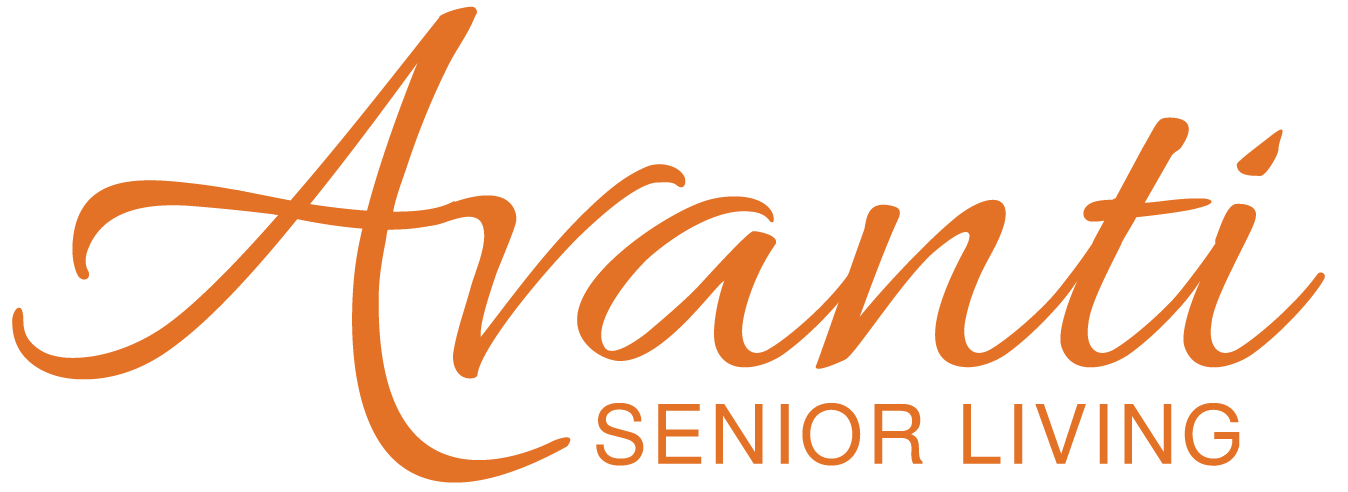 During the past few days, we have seen televised coverage of thousands of Olympic athletes, ranging from ages 13 to 62, which proves it’s never too early or too late to train. “The National Institutes of Health (NIH) report that even moderate physical activity can improve the health of older adults who are frail, or who have diseases that accompany age.” (https://health.gov/paguidelines/blog/post/Are-You-Too-Old-to-Start-an-Exercise-Program.aspx)
During the past few days, we have seen televised coverage of thousands of Olympic athletes, ranging from ages 13 to 62, which proves it’s never too early or too late to train. “The National Institutes of Health (NIH) report that even moderate physical activity can improve the health of older adults who are frail, or who have diseases that accompany age.” (https://health.gov/paguidelines/blog/post/Are-You-Too-Old-to-Start-an-Exercise-Program.aspx)
Whether you’re trying to build your physique or trying to be more active, there are exercises you can do to reach your potential. And depending on your goal, there are various exercises that target different functions. For example, strength exercises build muscles and increase metabolism, whereas endurance exercises improve your heart and lungs capability to work efficiently. In addition, stretching exercises keep joints and muscles limber, and balance exercises can help you avoid falling by building strength and helping you maintain correct posture.
So, no matter what you want to achieve, here are the steps to follow to accomplish your goals.
1. Before beginning any type of strength-training or exercise regimen, it is important to consult your physician. Discuss any medications you may be taking, as well as any health issues you have that may cause limitations or any other issues. With the help of your physician, you can determine the proper amount of exercise, as well as the type of exercise that best fits your needs.
2. It is imperative to warm up by stretching and doing light cardio (elliptical, walking, etc.) for at least 10 minutes before you begin your workout. This will help to loosen your muscles and reduce the risk of muscle cramping during your workout. This will also slowly increase your heart rate, which will help to optimize your results during your workout.
3. Begin your regimen with a light workout, then increase the intensity of your training every 2-3 weeks. This will minimize the risk of injury that can occur by trying to do too much too soon.
 4. Complete at least 2 full-body, strength training sessions per week, working one major muscle group (chest, legs, back) plus two minor muscle groups (biceps, triceps, hamstrings, calves, abs, shoulders) per workout. The use of machines helps you maintain proper form because the movement is assisted, as opposed to using free weights.
4. Complete at least 2 full-body, strength training sessions per week, working one major muscle group (chest, legs, back) plus two minor muscle groups (biceps, triceps, hamstrings, calves, abs, shoulders) per workout. The use of machines helps you maintain proper form because the movement is assisted, as opposed to using free weights.
5. Stretching at the end of your exercise session for at least 10 minutes will help your muscles recover. Every muscle that was exercised needs to be stretched, and each stretch should be held for approximately 30 seconds.
Be sure that exercises are modified to accommodate each individual. Exercise selection for seniors is specialized. Functional movements are key, as are exercises that focus on more than one muscle.
If you routinely follow these 5 simple steps, you too can feel like a true Olympic champion!!!

